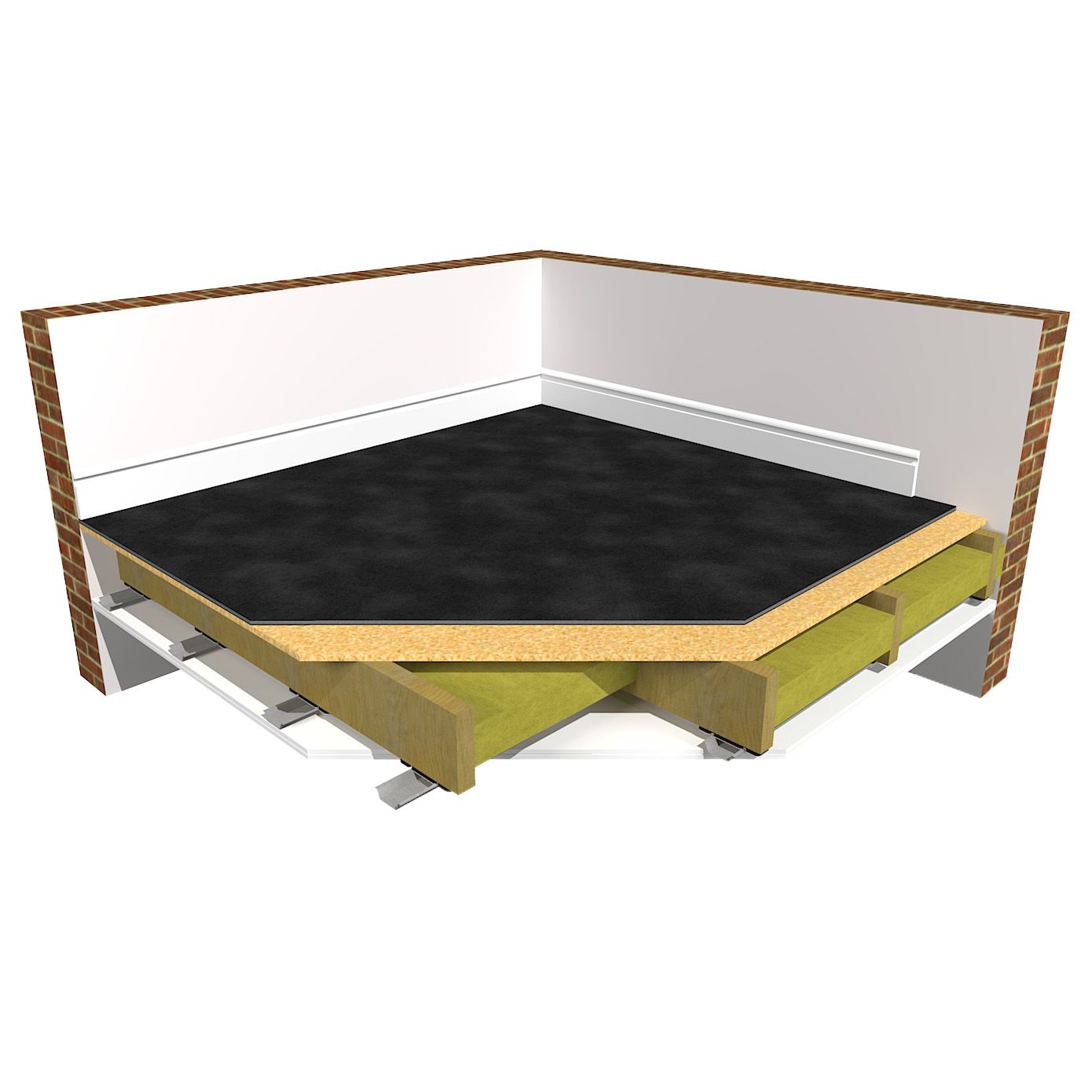Engineered wood flooring is becoming more and more popular due to its adaptability, environmental friendliness, and beautiful appearance. However, in addition to these factors, the acoustic performance of solid wood floors also plays a vital role, especially in multi-story buildings where the propagation of sound can affect comfort and privacy.
Today we’re looking at the importance of sound insulation in engineered wood flooring and highlighting the best options for minimizing noise.
Table of Contents
ToggleUnderstanding Sound Transmission in Flooring
Sound transmission in flooring occurs in two primary ways: through the air (airborne noise) and through the structure of the building itself (impact noise). Airborne noise encompasses sounds such as conversations, music, and TV audio, whereas impact noise arises from actions like walking, shifting furniture, and objects being dropped. The challenge in multi-level buildings is to minimize the transmission of both types of noise from one floor to another, contributing to a quieter and more peaceful environment.
The Significance of Acoustic Properties in Engineered Wood Flooring
Engineered wood flooring consists of multiple layers, typically a thin veneer of hardwood bonded over layers of plywood or other wood by-products. This construction method not only provides dimensional stability and resistance to moisture but also offers unique opportunities for sound insulation. The multiple layers can be designed to disrupt sound waves, reducing both airborne and impact noises.
The right engineered wood flooring can significantly improve the acoustic comfort of a space. This is especially crucial in residential complexes, hotels, and office buildings, where excessive noise can significantly disrupt the environment. Improved acoustic properties can enhance the quality of life for occupants, increase property value, and comply with building regulations and standards for sound insulation.
Optimal Solutions for Reducing Noise in Multi-Story Buildings
To effectively minimize noise in multi-level buildings, it is essential to consider both the materials used and the installation methods. Here are some of the best choices for engineered wood flooring that focus on reducing sound transmission:
- Thick Wear Layers and Core Construction: Engineered floors with thicker top layers of hardwood and denser core materials, such as high-density fiberboard (HDF), tend to absorb more sound. The density and thickness of these materials disrupt sound waves more effectively, providing better noise insulation.
- Acoustic Underlays: One of the most effective ways to enhance the acoustic properties of engineered wood flooring is by using high-quality acoustic underlays. These materials are placed under the flooring during installation and are specifically designed to absorb and dissipate sound. Common materials for acoustic underlays include cork, rubber, and specialized foam products. These underlays not only reduce the transmission of impact noise but can also help with airborne sound
- Floating Installation Methods: Floating floors, where the engineered wood is not directly attached to the subfloor but rather lays on top of an underlay, offer improved sound insulation. This installation method allows the floor to absorb and isolate sound vibrations effectively, reducing the transmission of noise to the levels below.
- Interlocking Systems: Some engineered wood products come with interlocking systems that reduce gaps and looseness in the flooring assembly. These tight joints help in damping sound transmission, as there are fewer channels through which sound can travel.
- Certified Acoustic Ratings: When selecting engineered wood flooring, look for products that have certified ratings for sound reduction, such as the Impact Insulation Class (IIC) and Sound Transmission Class (STC). These ratings provide a standardized measure of the flooring’s ability to block sound and can guide consumers in making informed choices based on acoustic needs.
Conclusion
Choosing the right solid wood flooring with optimal acoustic properties is crucial to ensuring comfort in multi-story buildings. The combination of material selection, installation technique, and use of acoustic pads can greatly affect the sound insulation of your flooring.
Help improve your living environment by prioritizing these factors and ensuring that the aesthetics of your engineered wood flooring match the functional performance of its sound control. As technology and materials evolve, the future of engineered wood flooring looks promising, with greater potential for noise reduction and comfort.

